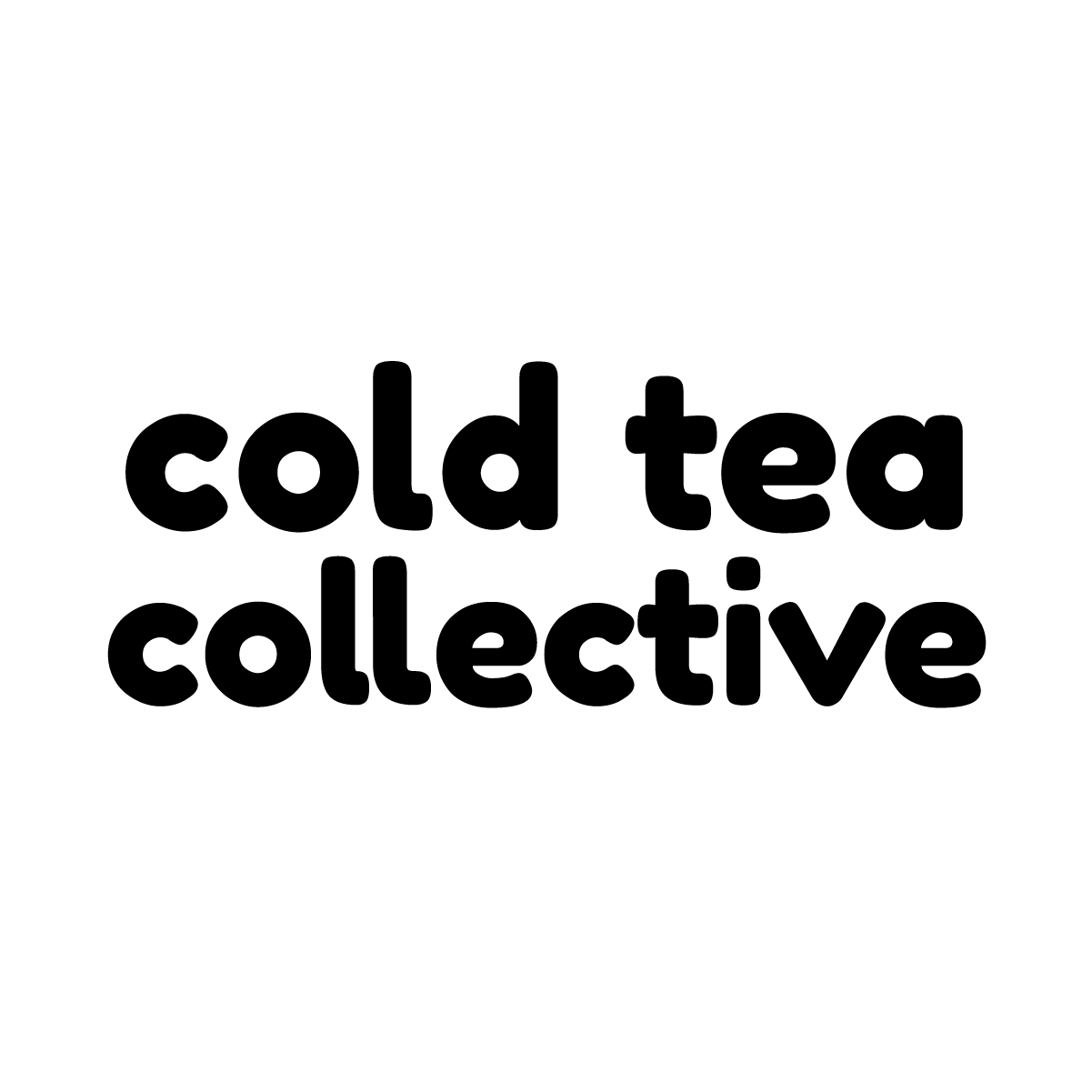I have a low nose bridge. Many Asians do.
A low nose bridge is basically a flatter kind of nose, where the bridge sits level with or below the pupils. This, compounded with my wide face, makes it challenging to find the perfect fit of glasses.
Plastic frames tend to end up sitting on my cheeks or sliding down my nose. This results in smudgy lenses, a generally uncomfortable fit, and of course, inferior vision.
While large nose pads can mitigate the issue, adding custom nose pads can be expensive, and depending on the frames, may not fit at all.

Photo credit: Warby Parker
When I found out I needed glasses, a quick survey of my friends suggested Warby Parker was the best place to buy hip, affordable frames. Their site had over 100 styles to choose from, and I quickly found a pair I liked.
However, once the glasses arrived, I realized the fit was far from ideal. The adorable, clear blue frames I’d selected pinched at my temples and slipped down my face. They pushed up whenever I smiled.
That constant movement combined with the new lenses made me feel dizzy when I wore them.
Thinking it was just bad luck, I returned them and ordered another pair that didn’t fit. I then turned to Clearly — another online glasses retailer — only to face similar issues.
“Maybe you should try metal frames,” said the salesperson as she pushed up her round, transparent frames which hadn’t fit me.
But the selection of metal frames was small, and aesthetically they weren’t what I was looking for. Clearly is known for catering to budget-conscious Canadian millennials, but suddenly that demographic didn’t include me.
It seemed like the styles and designers that I wanted to wear didn’t want me. Glasses designers simply didn’t consider that Asian noses would mean that frames would fit differently.
Eventually (and unhappily) I settled for the cute, moderately uncomfortable pair, and resigned to push them up 50 times a day.

What this experience really comes down to is the fact that many brands cater to white customers. The expectation is that the average customer will have Caucasian features, and anything outside of that is distinctly separated: Warby Parker categorizes them as “Low Bridge Fit”; Clearly uses “Alternative Fit”; and Oakley uses the subtle epithet “Asian Fit.”
You may see brands happy to capitalize on Chinese New Year sales, yet they’re reluctant to design products which include Chinese customers as users.

Our faces are unique — just ask your iPhone. And that means a “one size fits all” approach isn’t going to work for all of us. We shouldn’t need to settle for different styles than our Caucasian counterparts, or choose from a smaller selection of alternative fit glasses.
For example, Warby Parker’s Low Bridge Fit collection only allows me to choose from less than 15% of their frames while Clearly offers eight Alternative Fit frames out of 750 women’s glasses. What we deserve are designs that fit and that doesn’t mean sacrificing our preferences.
Shopping for glasses made me realize the importance of good design. I say “good design” rather than “inclusive design” because good design is inherently inclusive. It doesn’t mean that something is going to suit every single kind of user, but it means that the designer or company has tried to make the item as universal as possible. And I’d like to see more brands try.
Whether that means expanding a clothing collection to include a wider diversity of body sizes, creating undergarments in different skin tones, or simply making a variety of glasses styles, we deserve products that are designed with us in mind — and not as an afterthought.
Today, I’m looking to support companies which embrace diversity and aim to create glasses that break the mold. Because the only time I want to be caught in ugly, embarrassing glasses is at 3D movies.
See more: Finding the best glasses for Asian features with Yunizon Eyewear
This article was originally published in 2019 and updated in 2022 to update information on brands featured.






